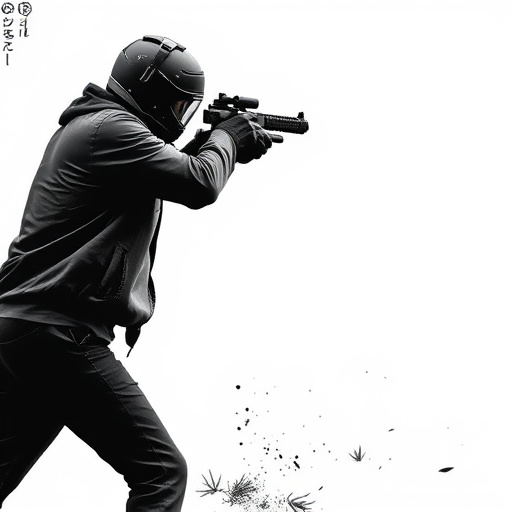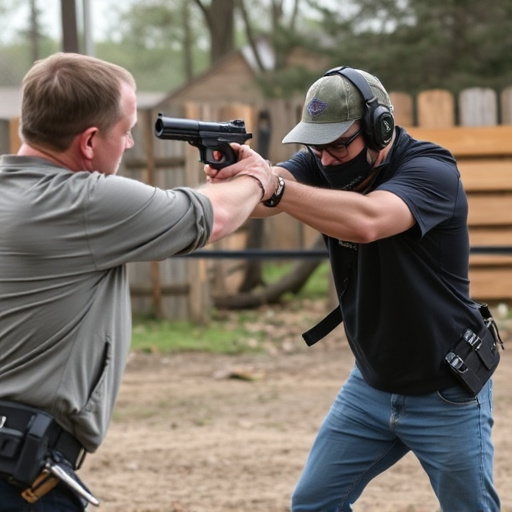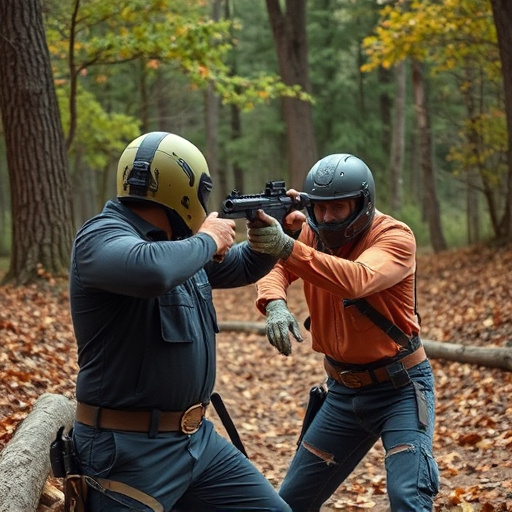Stun gun detection technology has advanced significantly, prioritizing safety and addressing concerns around concealed carry. Modern stun guns use sophisticated sensor systems and machine learning algorithms to identify unique electrical signatures, enhancing accuracy in detecting these devices from everyday items or other electronics. This proactive approach equips law enforcement and security personnel with better tools to handle potential threats, boosting overall safety. For beginners considering stun guns with safety features, understanding these detection mechanisms is crucial. Modern stun guns often include automated shut-off switches and adjustable output levels to enhance safety while minimizing detectability.
“In an era where public safety is paramount, the hidden presence of concealed stun guns raises significant concerns. This article delves into the world of stun gun detection technology, exploring its evolution and the growing need for advanced systems in public spaces. We dissect the basics of detection methods like metal detectors and thermal imaging, highlighting their role in identifying these often undetected weapons. Furthermore, we address critical safety issues, offering insights on stun guns with integrated safety features designed for beginners, while navigating legal considerations surrounding possession and detection.”
- Understanding Concealed Stun Gun Detection Technology
- – Explaining the basics of stun gun detection systems
Understanding Concealed Stun Gun Detection Technology

Stun gun detection technology has evolved significantly, focusing on both enhancing safety and addressing concerns related to concealed carry. For beginners looking into stun guns with safety features, understanding how these devices work is crucial. Many modern stun guns employ advanced sensor systems that detect unique electrical signatures characteristic of stun devices. These sensors can identify the specific voltage and current patterns emitted by stun guns, allowing them to distinguish these tools from everyday items or other types of electronic equipment.
Furthermore, these detection technologies often incorporate sophisticated algorithms and machine learning capabilities. By continuously analyzing data from various sources, including security cameras, metal detectors, and portable scanners, the systems can learn and adapt to new patterns, making them more effective in identifying concealed stun guns. This proactive approach ensures that law enforcement, security personnel, and even airport screeners are better equipped to handle potential threats, thereby enhancing overall safety for everyone involved.
– Explaining the basics of stun gun detection systems

Stun gun detection systems are designed to identify and alert authorities or security personnel about the presence of stun guns, which can be a significant concern in high-risk areas or during law enforcement operations. These systems work by utilizing advanced sensor technology to detect specific electromagnetic signatures or chemical compositions associated with stun gun discharges. Once triggered, they can provide real-time data, enabling swift action and ensuring the safety of everyone involved.
For beginners considering stun guns with safety features, understanding these detection systems is vital. Modern stun guns often come equipped with safety mechanisms like automated shut-off switches and adjustable output levels, which not only ensure their responsible use but also make them less detectable by such systems. This blend of advanced technology in both detection and device functionality underscores the evolving landscape of personal defense tools, catering to users’ needs while navigating legal and safety considerations.
As we’ve explored, concealed stun gun detection technology is a complex yet crucial aspect of ensuring public safety. While significant progress has been made in developing advanced systems, it’s essential to remember that no single solution is universal. Promoting responsible ownership and education about stun guns with safety features for beginners remains vital alongside technological advancements. Balancing privacy concerns with effective detection requires ongoing dialogue and innovative thinking to keep our communities safe.
